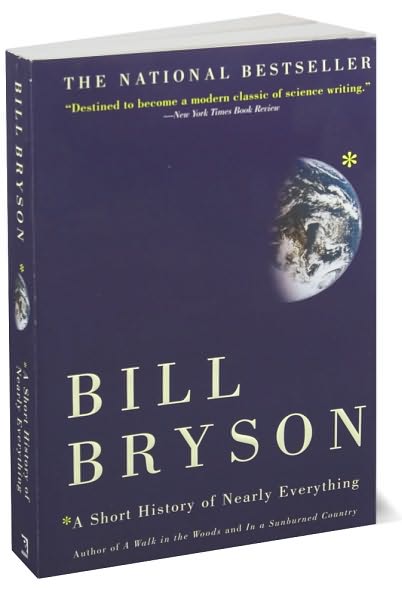One of the arguments on how society got itself into the Boom-bust Business of blowing highly disruptive Financial and Economic Bubbles every 10-15 years is because our collective societal view is far too short. “Next quarters financial results” driven stock markets. Or advertising fashion changing every ratings blitz. Or political stature being poll driven. This idea is the theme of the book by James Gleick, FSTR, which describes how short and therefore disruptive some of the major events and their decision circuits have become in the World. Of course anybody who has done any work in control theory knows how disasterous short, rapid, and yet substantial changes can be for the effective functioning and proper working of a system. Gleick offers no profound solutions to the festering problem of FSTR other than promoting an appreciation for the Long View. This viewpoint posits the idea that having a good appreciation for the nature of systems and a)how long the cycles can be for many natural phenomena, stetching over dozens of months if not years (or on into the the hundreds of years in some cycles) and b)how the seemingly random variations can as well have patterns and repetitions – so understanding how to best act now may require looking back not just to the past week or month but taking a long perspective appropriate to the underlying drivers of a system and and its related behaviours and requisite steering decisions.
These two books have that long perspective. First, there is Niall Fergusons’s Ascent of Money which looks at the emergence of money, finance and economics and describes how many financial practices and mechanisms are relatively modern – less than 200 years old. Niall also raises the issue confronting the world community that the latest financial instruments and practices a)have emerged in the past 10-20 years and b)are diificult to understand and control because they have been shrouded in deliberate secrecy and/or inherent complexity and b)these financial instruments simply have not been tested against the full range of economic and financial conditions to know well how they will behave and what good or evil they may reek on the markets (think derivatives and other market making financial mechanisms).
Quite different and somewhat improbable is the the little gem by humorist Bill Bryson, A Short History of Nearly Everything (consider that Niall Ferguson is a historian of no small stature). I have to chuckle to think of the many readers who bought A Short History in the expectation that they would get a highly amusant, if not twisted Twainish view of the world – only to be arrested and hopefully entranced by the exposure to the recent history of science and man’s very rapidly evolving understanding of the nature of himself, his World and the Universe within which we exist. This is not a ponderous page-tonnage tome, but rather a thoughtfully well connected description of some of the eccentric players in science, their critical ideas, and how they changed man’s conception of self and surrounds in profound ways.Yes, the book has the inevitable Bryson sense of irony. But its real revelation is how recent is our understanding of the basic age, nature and mechanisms by which we, the world and the universe around us work. Bryson never says it directly but readers are constantly being asked to contemplate 10**n (I can’t even represent the order of magnitude mathematics properly on this blog). These are numbers of, sizes, durations, weights, and energy values that makes the current financial fiasco’s trillions of dollars just pale and almost disappear into insignificance. But best of all, this book describes how humanity has arrived at some provable yet still refinable hypotheses on the nature of our being. Think of Bryson’s book as an amusant Magna Carta of Man. And think of both books as providing much needed Long Views on the Nature of our World.


